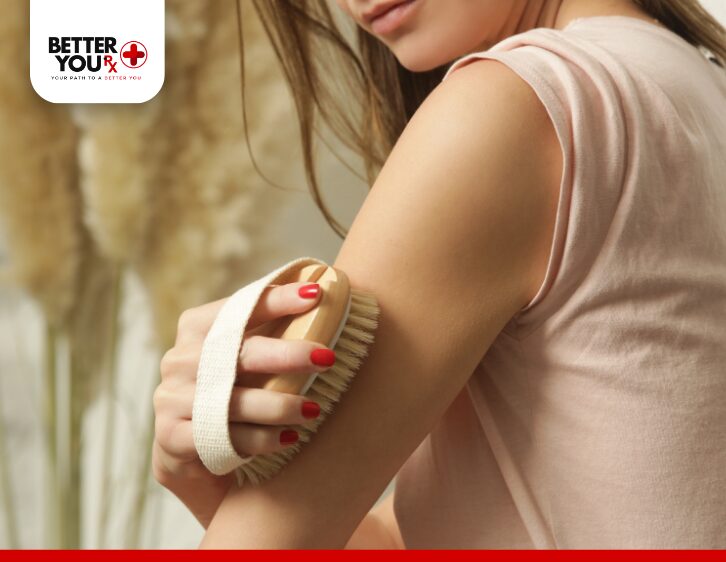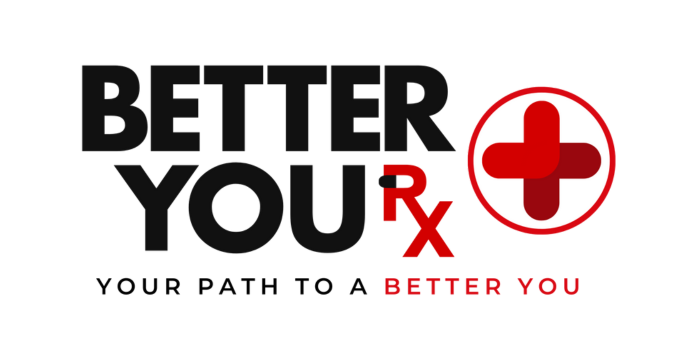In the quest for healthy, glowing skin, people have explored a wide range of skincare practices. One that has gained significant popularity in recent years is dry brushing. Known for its simplicity and touted benefits, dry brushing involves using a stiff-bristled brush on dry skin in a specific pattern. But what exactly does dry brushing do, and how can you incorporate it into your self-care routine? Let’s dive into this age-old practice and learn how to try it at home effectively.
What Is Dry Brushing?

Dry brushing is a skincare technique that involves gently brushing your skin with a natural bristle brush while it’s dry. This practice has roots in ancient cultures, with proponents claiming it helps exfoliate the skin, stimulate the lymphatic system, and promote overall well-being. The process is typically performed before a shower or bath, making it an easy addition to your skincare or self-care routine.
At its core, dry brushing works by physically removing dead skin cells from the surface of your skin. The exfoliation not only reveals smoother skin but may also improve the appearance of rough patches. Additionally, the brushing motion is thought to boost blood circulation and encourage lymphatic drainage, which can reduce puffiness and improve your body’s ability to flush out toxins.
What Are the Benefits of Dry Brushing?
While scientific research on dry brushing is limited, anecdotal evidence and traditional practices suggest a variety of potential benefits. Here are some commonly reported advantages:
- Exfoliates: Dry brushing softly eliminates dead skin cells, leaving your skin feeling silky smooth and looking radiant. This can help prevent clogged pores and promote a more even skin tone.
- Boosts Circulation: The brushing motion stimulates blood flow, helping oxygen and nutrients reach your skin more effectively.
- Lymphatic Support: Dry brushing is said to encourage lymphatic drainage, helping the body eliminate toxins and reduce swelling or water retention.
- Cellulite Reduction: Some people believe that dry brushing can temporarily minimize the appearance of cellulite by stimulating the skin and underlying tissue.
-
Promotes Calm and Relaxation: The repetitive strokes can be incredibly soothing, making dry brushing a peaceful, meditative addition to your daily self-care ritual.
How to Dry Brush at Home

Dry brushing is a straightforward practice that doesn’t require any special tools or skills. Here’s a simple guide to get you started:
1. Choose the Right Brush
Invest in a high-quality brush with natural bristles. Look for one with a long handle if you want to reach areas like your back. Some brushes also come with detachable heads or straps for easier grip.
2. Start with Dry Skin
As the name suggests, dry brushing is done on completely dry skin. Perform the practice before taking a shower to wash away the exfoliated skin cells afterward.
3. Use Gentle Pressure
Begin with gentle pressure, especially if you’re new to dry brushing or have sensitive skin. As your skin adjusts, you can slowly apply more pressure.
4. Brush Toward Your Heart
Always use long, sweeping strokes toward your heart to follow your body’s natural lymphatic flow. Begin at your feet and work your way upward, then move from your hands toward your chest. For your stomach and back, use circular motions.
5. Avoid Sensitive Areas
Be mindful of areas with sensitive or broken skin, such as rashes, cuts, or sunburns. Skip brushing your face unless you’re using a brush specifically designed for facial use.
6. Shower and Moisturize
After dry brushing, take a shower to rinse away the exfoliated skin. Finish with a rich moisturizer or body oil to nourish and hydrate your skin.
How Often Should You Dry Brush?
The frequency of dry brushing depends on your skin type and sensitivity. For most people, 2-3 times per week is sufficient to reap the benefits without causing irritation. If you have very sensitive skin, consider starting with once a week and observing how your skin responds. Avoid over-brushing, as it can lead to redness or discomfort.
Tips for a Safe and Effective Experience
- Clean Your Brush Regularly: Wash your dry brush with mild soap and water every few weeks to remove dirt and dead skin buildup. Let it air-dry completely to prevent mold.
- Test for Allergies: If you have a history of skin allergies, ensure the brush’s bristles won’t cause irritation. Opt for softer bristles if you’re prone to sensitivity.
- Pair with Healthy Habits: While dry brushing has benefits, it’s not a miracle cure. For glowing skin and overall health, pair it with a balanced diet, regular hydration, and proper skincare.
Does Dry Brushing Work for Everyone?
Dry brushing can be a beneficial practice for many, but it’s not suitable for everyone. People with certain skin conditions, such as eczema, psoriasis, or severe dryness, should consult a dermatologist before trying it. Similarly, if you have highly sensitive or reactive skin, proceed with caution to avoid irritation.
Conclusion
Dry brushing is a simple, budget-friendly skincare practice that can leave your skin feeling smooth and rejuvenated. With benefits like exfoliation, improved circulation, and relaxation, it’s worth trying if you’re looking to enhance your self-care routine. By following the proper technique and being mindful of your skin’s needs, you can enjoy this ancient practice safely at home. As with any skincare regimen, consistency is key, and listening to your body’s response is essential. So grab a brush, take a moment for yourself, and experience the soothing benefits of dry brushing.



